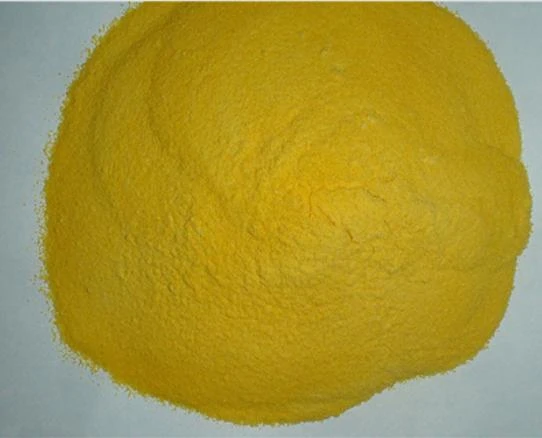Current Trends in Polyacrylamide Pricing and Market Analysis
Understanding Polymers The Pricing of Polyacrylamide
Polyacrylamide, commonly referred to as PAM, is a water-soluble polymer that has garnered significant attention across various industries due to its versatile applications. It is primarily used in water treatment, enhanced oil recovery, paper manufacturing, and even in agriculture for soil conditioning. With the growing demand for this chemical compound, understanding the factors that influence its pricing is crucial for businesses and consumers alike.
The Composition and Market Demand
At its core, polyacrylamide is formed through the polymerization of acrylamide monomers. This process can result in different types of polyacrylamide—nonionic, cationic, and anionic—all tailored for specific applications. The demand for polyacrylamide has surged, particularly in sectors focused on water treatment, where it plays an integral role in helping to clarify water, aid in sedimentation, and improve sludge dewatering.
In agriculture, it is utilized for soil stabilization and moisture retention, proving its worth in various climatic conditions. As industries look for sustainable solutions, the demand for polyacrylamide continues to grow, directly impacting its pricing dynamics.
Influencing Factors on Polyacrylamide Pricing
1. Raw Material Costs One of the primary factors influencing the price of polyacrylamide is the cost of raw materials. Acrylamide is derived from propylene, which is influenced by fluctuating oil prices. As crude oil prices increase, so too do the costs associated with producing acrylamide, thereby pushing up the price of polyacrylamide.
2. Production Process The manufacturing process of polyacrylamide is also labor-intensive and requires considerable energy input. Any changes in energy prices or major shifts in labor costs can directly affect the final price point of the product. Companies that invest in more efficient production technologies may mitigate some of these costs, but such advancements can have significant upfront investments.
polyacrylamide price

3. Geopolitical Factors The global market for polyacrylamide is sensitive to geopolitical tensions, trade regulations, and tariffs. For instance, restrictions on the export of chemicals from certain countries can lead to supply shortages in the market, thereby driving up prices. Additionally, fluctuations in currency exchange rates can impact international trade, making imports more expensive.
4. Environmental Regulations As environmental concerns gain greater prominence, regulations dictating the use of chemicals, including polyacrylamide, are becoming increasingly stringent. Compliance with these regulations often entails added costs for manufacturers, which can, in turn, affect pricing. However, it is important to note that the implementation of environmentally friendly production practices often leads to the emergence of new market segments, potentially stabilizing prices in the long run.
5. Technological Advancements Innovations in polymer chemistry and manufacturing processes may also influence pricing. The development of bio-based or more sustainable forms of polyacrylamide can affect market pricing structures, especially if these alternatives become more economical.
Current Trends and Future Outlook
As of 2023, the pricing of polyacrylamide is expected to remain volatile as it continues to be influenced by global economic factors. While demand remains strong across multiple sectors, potential supply chain disruptions could pose challenges. Companies must remain agile, finding ways to optimize their operations and manage costs effectively.
Moreover, as the world increasingly shifts focus toward sustainability, manufacturers who embrace eco-friendly practices could gain a competitive edge. The rise of environmentally friendly products could lead to a segmentation in pricing, with traditional polyacrylamide costing more due to compliance and production challenges.
Conclusion
In summary, the pricing of polyacrylamide is a reflection of a complex interplay of factors including raw material costs, production processes, geopolitical dynamics, and environmental regulations. As demand continues to rise, staying abreast of these trends will be crucial for stakeholders within the industry. Investing in research, sustainable practices, and adaptive strategies will be essential for navigating the evolving landscape of polyacrylamide pricing, ultimately benefiting suppliers, consumers, and the environment alike.
-
Water Treatment with Flocculant Water TreatmentNewsJun.12,2025
-
Polymaleic AnhydrideNewsJun.12,2025
-
Polyaspartic AcidNewsJun.12,2025
-
Enhance Industrial Processes with IsothiazolinonesNewsJun.12,2025
-
Enhance Industrial Processes with PBTCA SolutionsNewsJun.12,2025
-
Dodecyldimethylbenzylammonium Chloride SolutionsNewsJun.12,2025





